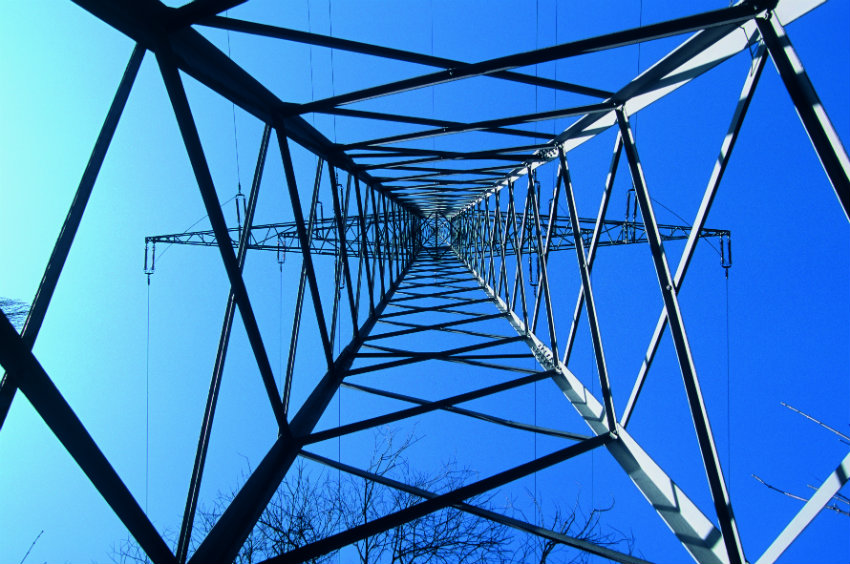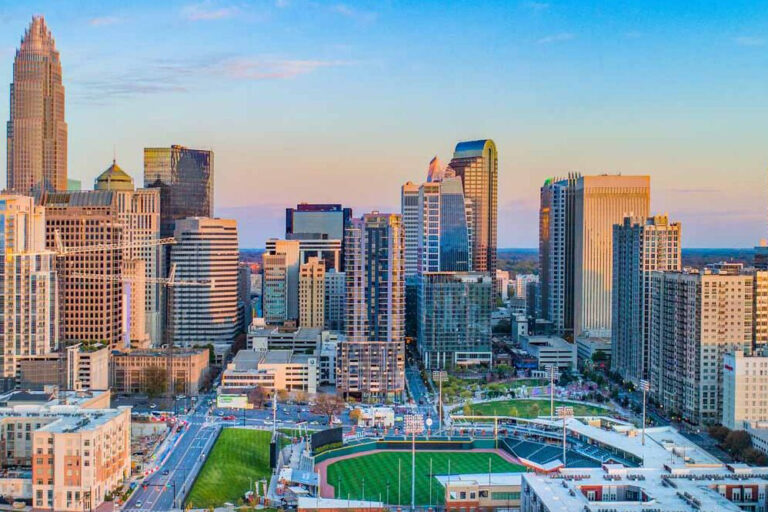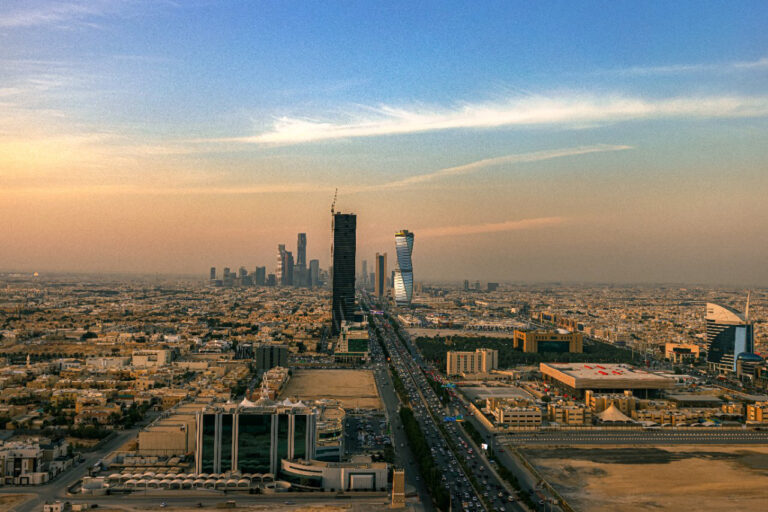Q&A with Inken Braunschmidt, Chief Innovation Officer, innogy SE & Co-Founder of the innogy Innovation Hub.

Why did RWE move its innovation hub into innogy?
Back in 2012, Peter Terium, RWE’s former CEO, developed a master plan to prepare the company to be successful in the future. It was called the “transformation journey”. The aim was to realign RWE and organize it more efficiently to become leaner and faster. So together with my team, the then CEO began the “transformation journey” taking into consideration two new topics, innovation and digitization, which were becoming very important.
At that time, we were getting into a world where energy was going to be abundant, with a lot of solar and wind energy available, battery technology as a buffer, etc. Also, we saw companies – both start-ups and companies from other industries – entering our market. Industries were converging and new competitors were taking our customers and disrupting our business model. So questions like ‘what kind of role would RWE have in the future?’ and ‘how will RWE earn money?’ came up.
“We realized we had to develop innovative, disruptive business models in strategic focus areas.” Inken Braunschmidt, Chief Innovation Officer, innogy SE.
We believe in Clayton Christensen’s theory of disruptive innovation explained in this book “The Innovator’s Dilemma”: one can’t transform purely from inside.
So, we placed innovation within the innogy Innovation Hub, as far away as possible in order to be free of RWE processes, systems and so on, but as connected as necessary.

How does the innovation hub at innogy work?
Customers and talent are at the top of our list. We always try to have the best people in our teams to best serve our customers. We work in a cell structure we call the “amoeba” principle. It’s a very flat, decentralized network organization. Our people are all over the world but organized around the headquarter. Here at the Innovation Hub we are always being innovative and trying new things, thinking outside the box.
We need to be innovative now even though the business has been successful for over 100 years. Conventional energy generation is not the model for the future, not only in Germany, but also in other countries. The future is about green energy, renewables. We will need different business models that have nothing to do with the past: high-performing, lean and efficient.
Our main purpose is to innovate in energy. That’s where our name comes from – innovate energy, Innogy.

Why is innogy Innovation Hub expanding in Silicon Valley, London, Berlin and Israel?
When we established and built the Innovation Hub, we knew we also had to be where innovation and technology happen. The most innovative ecosystems in the world are Silicon Valley (#1), Israel (#2), London (#6) and Berlin (#9) – or the other way around. We wanted to be in places where we could get technology, talent and ideas. We established teams there in what we call outposts from innogy Innovation Hub. The outposts scout for start-ups, technology, partners and talent. But they don’t just scout. We also work there together with the local start-ups. Or, often, we bring the start-ups to whichever country has the best environment to test it.
Our work is very decentralized, a virtual network organization.
The Innovation Hub has 130 people at different locations and we try to meet often to build a connection among ourselves. The teams are where it’s best for them to be![]()









